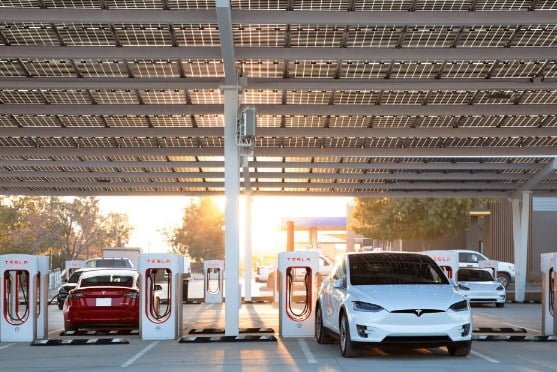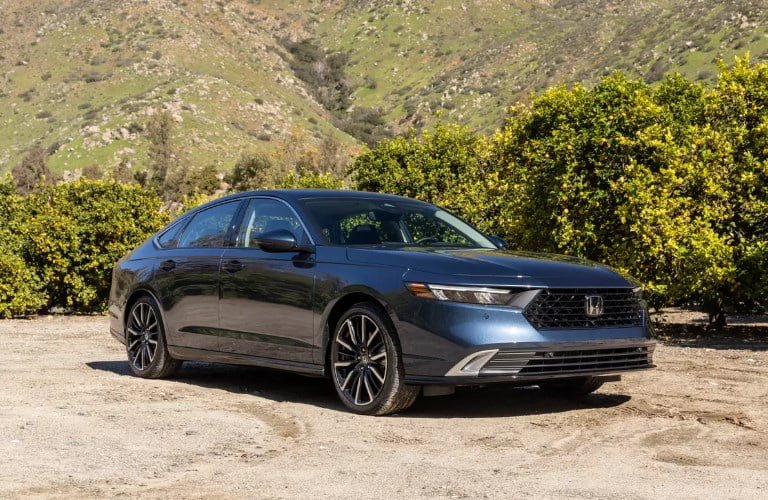Tesla, which hosts 50,000+ supercharging stations for electric vehicles globally, is rolling out a new congestion fee system
Unlike idle fees, which will bill drivers on a per-minute basis when a car remains stationed at a charging point after it has already been fully recharged, congestion fees are intended to prevent people from fully charging their vehicle at the busiest stations. The congestion fee will only kick in when charging stations are busy and a vehicle’s battery is over 90 percent. Drivers will be able to see where congestion fees apply on their vehicle’s touchscreen, and there will be a five-minute grace period to avoid petty fees if someone is only a couple of minutes late to their vehicle. The new scheme will apply to certain stations through the US, with the cost set at $1 per minute. Tesla has not revaled pricing or a rollout strategy for outside of the US.

Tesla has previously explained idle fees by stating that a car driver would “never leave a vehicle parked by the pump at a gas station” and that the same logic should apply to Superchargers. EVs typically charge extremely quickly up to around 80-90 percent, after which the charging rate slows significantly. The aim of the congestion fee is to shorten the length of charging sessions when stations are at their busiest, to allow more users to have a chance to charge.
As more automakers adopt the North American Charging Standard (NACS) used by Tesla’s Superchargers, more EV drivers are gaining access to high-speed charging networks. And while the availability of charging stations is a crucial factor for increasing EV adoption among drivers in the US, Tesla has said that congestion is an issue the company has kept its eye on. The new fee system could help clear up the influx of new EV drivers that are charging at Tesla Supercharging stations as more mainstream electric cars are adopted by the public, while the fees will contribute to the company’s bottom line. Analysts estimate that the Tesla Supercharger network will become worth between and billion annually by the end of the decade.




